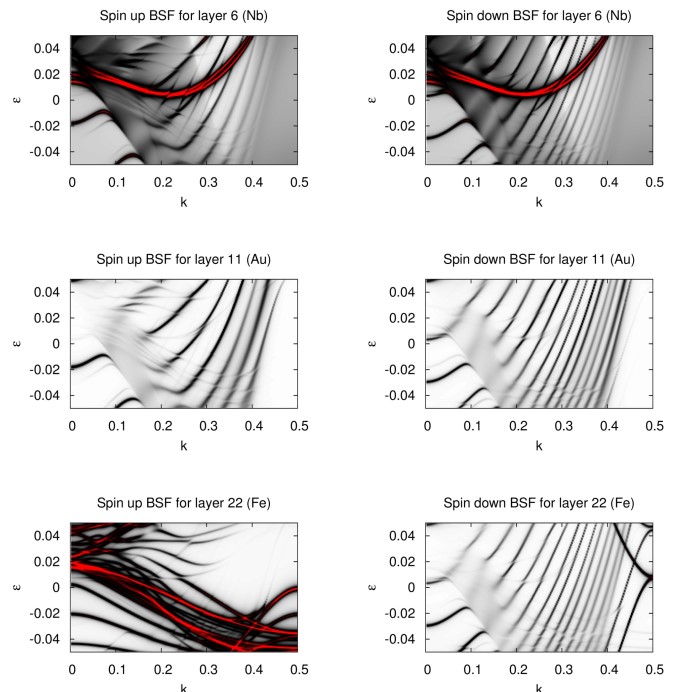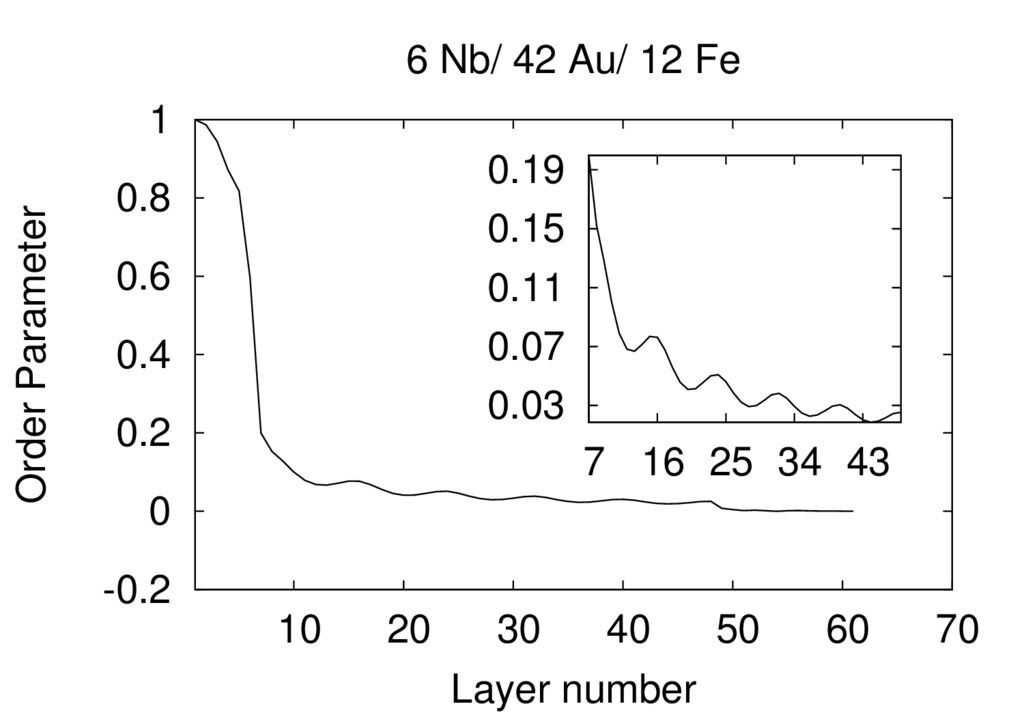2018
Multiferroic materials: During the last few decades, the great potential of multiferroic materials in realizing magnetoelectric memory devices has led to the revival of the magnetoelectric effect and the search for multiferroic compounds. In multiferroics-based memory devices, the writing and reading of magnetic bits by electric field may be realized via the magnetoelectric coupling between the ferromagnetic and ferroelectric orders. However, ferro-ordered phases are extremely sensitive to externals fields. As an alternative approach, information could be stored in antiferromagnetic domains, a concept proposed for metallic compounds in the realm of antiferromagnetic spintronics. We searched whether similar phenomena happen in insulators with coupled antiferromagnetic and antiferroelectric orders. In LiCoPO4 we experimentally demonstrated that the magnetoelectric effect can be exploited not only for the control but also for the identification of antiferromagnetic domains via the strong directional dichroism detected in the THz frequency range -- the absorption coefficients in LiCoPO4 were different for light propagating along and opposite to a given direction in the crystal. Furthermore, we developed a microscopic theory, identifying the main microscopic mechanism behind the magnetoeletric effect, which implies that the same effect arises in other antiferromagnets as well. We expect our study will motivate search for multiantiferroic materials. Moreover, the same principle can also be used for the imaging of antiferromagnetic domains with micrometer resolution in these materials via conventional optical absorption measurements. (Fig. 1).

Fig. 1 Quantum Well states in Fe/Au/Nb(100). Left column is for ↑ right column is for ↓ states. Frist row if for top Nb, middle row for typical Au and bottom row is for typical Fe layer.
Superconductivity: We have developed a relativistic spin-polarized microscopic theory for realistic superconducting materials which can treat relativistic effects and superconductivity together with spin and orbital magnetism on the same footing.
As an application we have studied Nb/Au/Fe heterostructures where long-period oscillations were found in the critical temperature as a function of the gold thickness and no theoretical explanation existed. We placed different number of Au layers between the Nb and Fe layers, where a face-centered cubic (fcc) growth is assumed for the Au overlayers. While the results show that the Au layers remained non-magnetic, spin-polarized bands around the Fermi level can be observed as shown in the first figure. This is the consequence of the different confinement for the spin-up and spin-down electrons: the spin up electrons are confined in the Au layers only, while the spin down electrons experience a confinement in both the Au and Fe layers. Therefore, due to the different confinement lengths between the spin channels, more bands are observed for the spin-up states than for the spin-down states. Since, the order parameter is influenced mostly by the states in the close vicinity
of the Fermi level, we can conclude that a pairing state (in the Au) can occur between two electrons on the induced split parts of the Fermi surface caused by the quantum well states. Hence, the Cooper pair can acquire a finite momentum leading to the oscillation of the order parameter (analogously to the Fulde–Ferrell–Larkin–Ovchinnikov (FFLO) state). In fact, we found an oscillating behaviour of the order parameter as shown in the right figure. The period of these oscillations depends on the number of Au overlayers since the band structure and the number of quantum well states depends on the thickness of the Au. For thicker Au overlayers as the number of the quantum well states are increasing, the bands in the spin up and spin down channel are separated by smaller and smaller q vectors, which leads to an increase of the period of oscillation as a function of the Au thickness. Our theoretical finding explains the oscillating behaviour of the order parameter and suggests that these Tc oscillations observed in that experiment may also be a consequence of the interplay between the quantum-well states and ferromagnetism.

Fig. 2 Oscillation of the order parameter in Fe/Au/Nb(100)
High Entropy Alloys: The investigated multi-component high entropy alloys (HEAs) represent a solution for an age-old problem: combination of high strength and high ductility of metallic alloys. In this respect, at present two competing materials are in the frontier of material research:- Nanoscale particle strengthened steels like the old oxide dispersion strengthened (ODS) alloys and the newly developed co-precipitation strengthened steels and - Multicomponent High entropy alloys (HEAs) based on solid solution strengthening. we have followed an integrated computational prediction and experimental validation approach. The computational-aided alloy design was based on first-principles calculations. First, we addressed the forming ability of single-phase HEAs predicting its maximum strength and confirmed the validity of the conjecture about strength (hardness) versus e/a correlation. The theoretical prediction of the elastic properties of various HEAs was contrasted with the available experimental values. Furthermore we studied the twinning as the fundamental mechanism behind the increased strength and ductility in medium- and high-entropy alloys. Second, we dealt with dual-phased HEAs starting from the single-phase NiCoFeCr and adding sp elements like Al,Ga, Ge and Sn. By combining the measured and theoretically predicted temperature-dependent lattice parameters, we revealed the structural and magnetic origin of the observed anomalous thermal expansion behavior [4]. The nanoindentation test revealed a ‘fingerprint” of the two-phase structure. The Young’s and shear moduli of the investigated HEAs were also determined using ultrasound methods. The correlation between these two moduli suggests a general relationship for metallic alloys.



